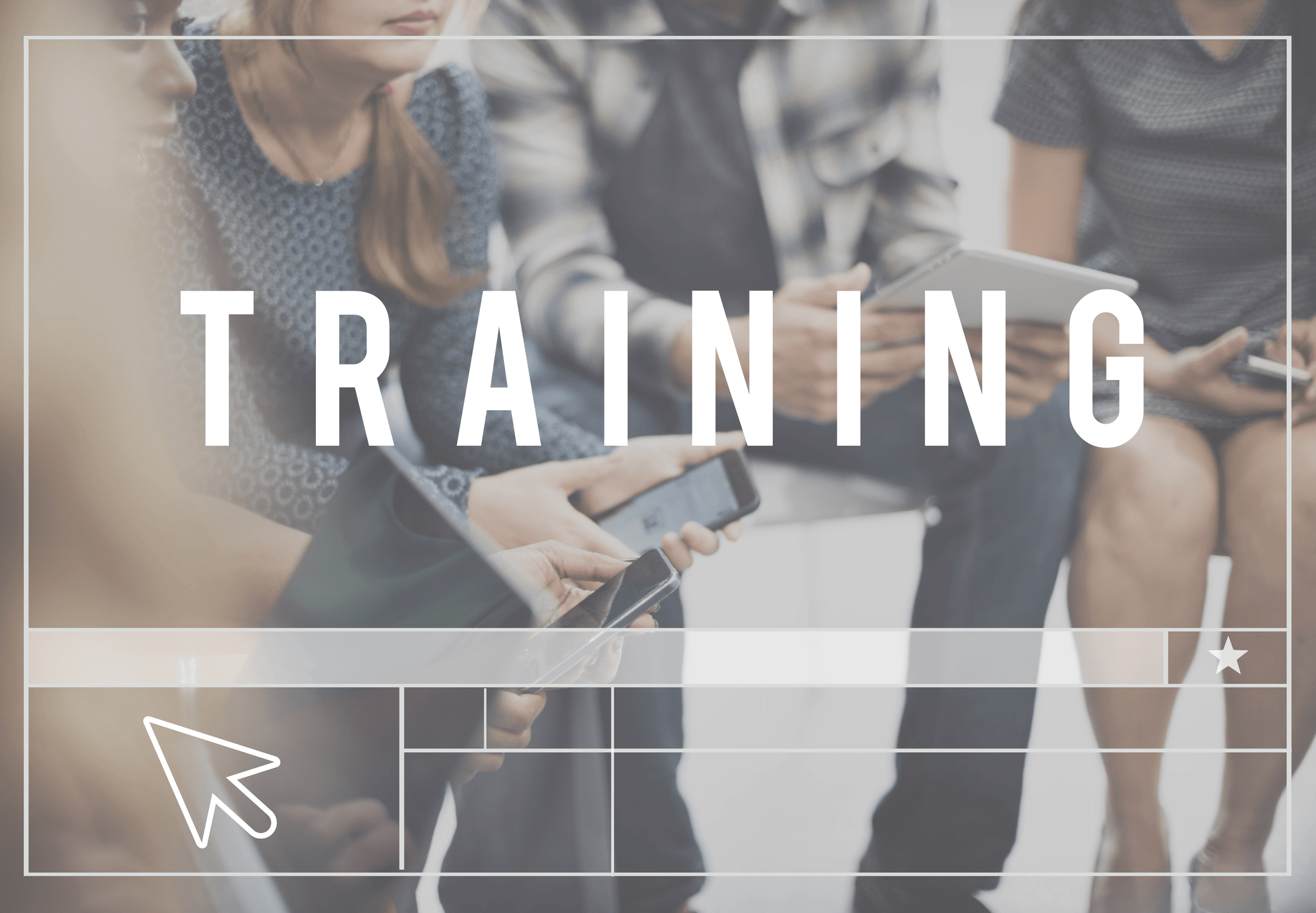Another article in this issue has looked at teaching capability. This time the focus in on two strategies to build that capability: peer support and mentoring.
The Macklin review noted strong support for improving the professional learning for VET and ACFE teachers including the establishment of mentoring programs and professional learning communities to enhance learning and build capability of teachers in VET. Are these approaches being used as much or effectively as they could be?
Let’s get some context!
The Macklin Review strongly supports improving professional learning for VET and ACFE teachers with a focus on continuous learning and improvement, and the development of “great teachers”. It also proposes an enhanced role for the VET Development Centre, including a mentoring program for beginning teachers, establishing professional learning communities and pairing inexperienced and expert teachers to deliver classes. So, this will mean developing and implementing better approaches to peer support and mentoring.
How are these two PD approaches regarded?
Back in 2016 Ruth Schubert presented a PowerPoint presentation highlighting a survey that Melbourne University had undertaken to better understand teacher capability and the ways it can be developed. What they found was this: of the 342 survey responses about the best approaches to developing VET teacher expertise included ongoing and structured professional development (309 out of 342), mentoring (308), industry experience (294), teaching experience (289) and peer to peer support (287). Less highly rated but still significant approaches include gaining formal teaching qualifications and watching other teachers teach (both 239) and being part of a Community of Practice (227). In short, mentoring and peer to peer learning are amongst the ‘best of the best’ development approaches for teachers, and we guess these are all wrapped up in being able to access ongoing and well-structured continuing professional development (CPD).
What does good mentoring and peer support look like?
Mentoring and peer support are models of learning that encourage those involved to work together on an issue, idea, problem or project that is critical to their needs. Mentoring and peer support are used by many organisations to assist new employees in their role and support existing employees as part of their CPD. It involves a person (a mentor) with recognised professional knowledge and experience voluntarily supporting and guiding the professional development of another with less knowledge and experience (the mentee). The aim is to build the mentee’s comprehension, competence and confidence in a particular environment through face-face or online discussions and dialogue. So far so good!
A mentor’s role is to support their mentee so that they learn and grow through learning about and reflecting critically on what they do. This does not have to be face-to-face personally or on Zoom or Teams either: it can occur through email or other communication approaches that are “asynchronous’. The relationship can be long or short term, according to need.
It’s also not a one-way street! The process of mentoring helps that mentor grow and develop as well, but not every experienced teacher will make a good mentor, so selecting and developing people for this role is important. It’s also important to match them carefully with a mentee, or a group of mentees, because this can be a collective learning experience too, not just one that is ‘one-on-one’. Peers and mentors can all learn from one another. This makes it an ideal process for use by teaching teams so that knowledge and experiences can be shared and built on to improve practice!
Work in Finland has found that mentees value a less directive counselling style of mentoring and opportunities to set part of the discussion agenda. In addition, they found growth in mentee confidence is strongly connected to positive and constructive feedback from mentors and assurance that the mentoring discussions are kept confidential.
So, what does a good mentoring and peer support process require?
It needs to be a clearly established process, preferably under the auspices of a recognised organisation. It needs a well-defined vision and clarity about what the program is trying to achieve. It also needs a set of operating principles and procedures and adequate resourcing. Finally, it’s important to evaluate its impact and value for participants.
At the end of the day, though, the peers, mentors and mentees need to have enough time available to meet and discuss things, and this can be challenging for them all. So, it’s about ‘making the space’, and in VET we need to get better at that by recognising the value to the processes of quality improvement and capability building.








